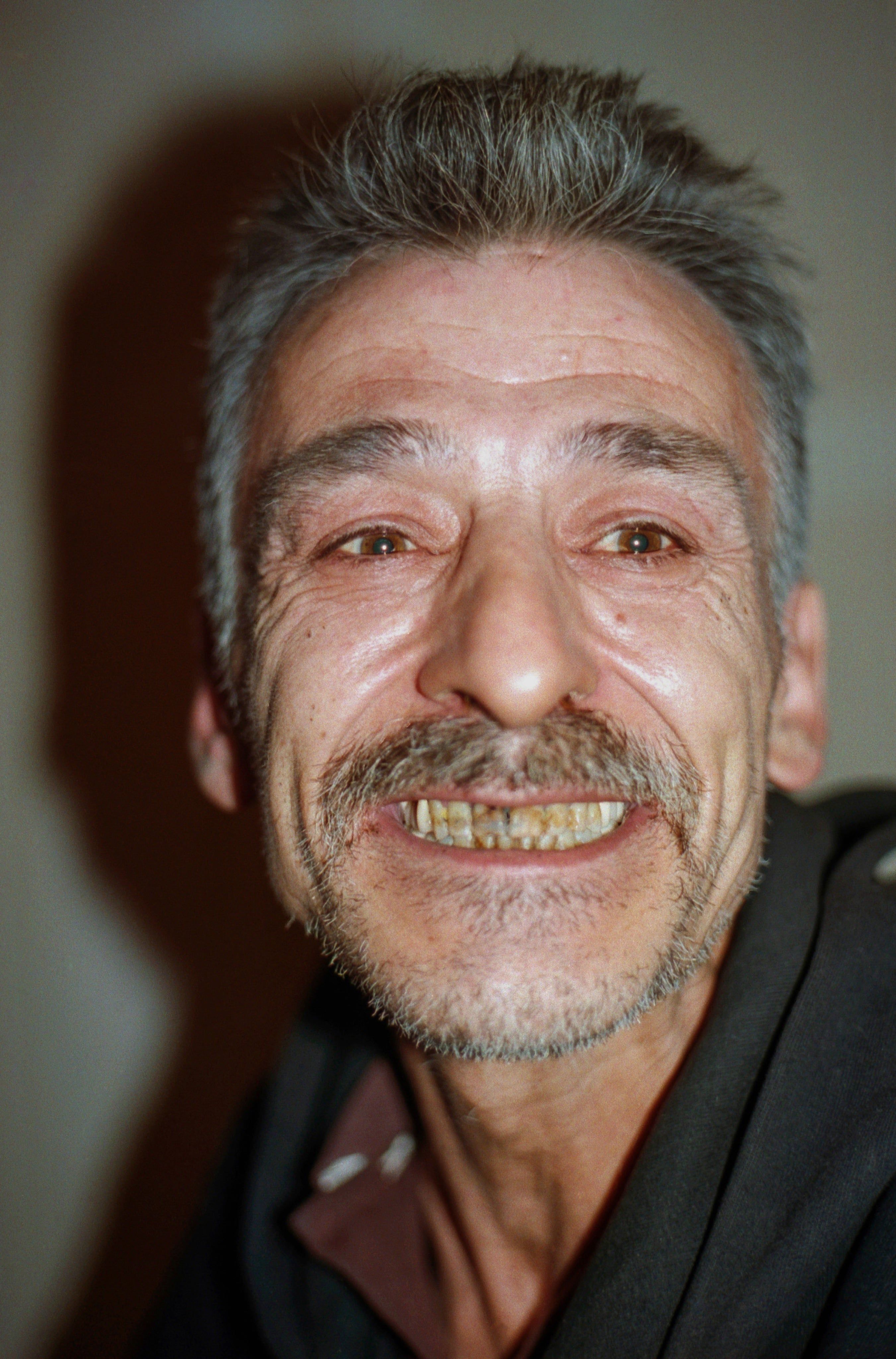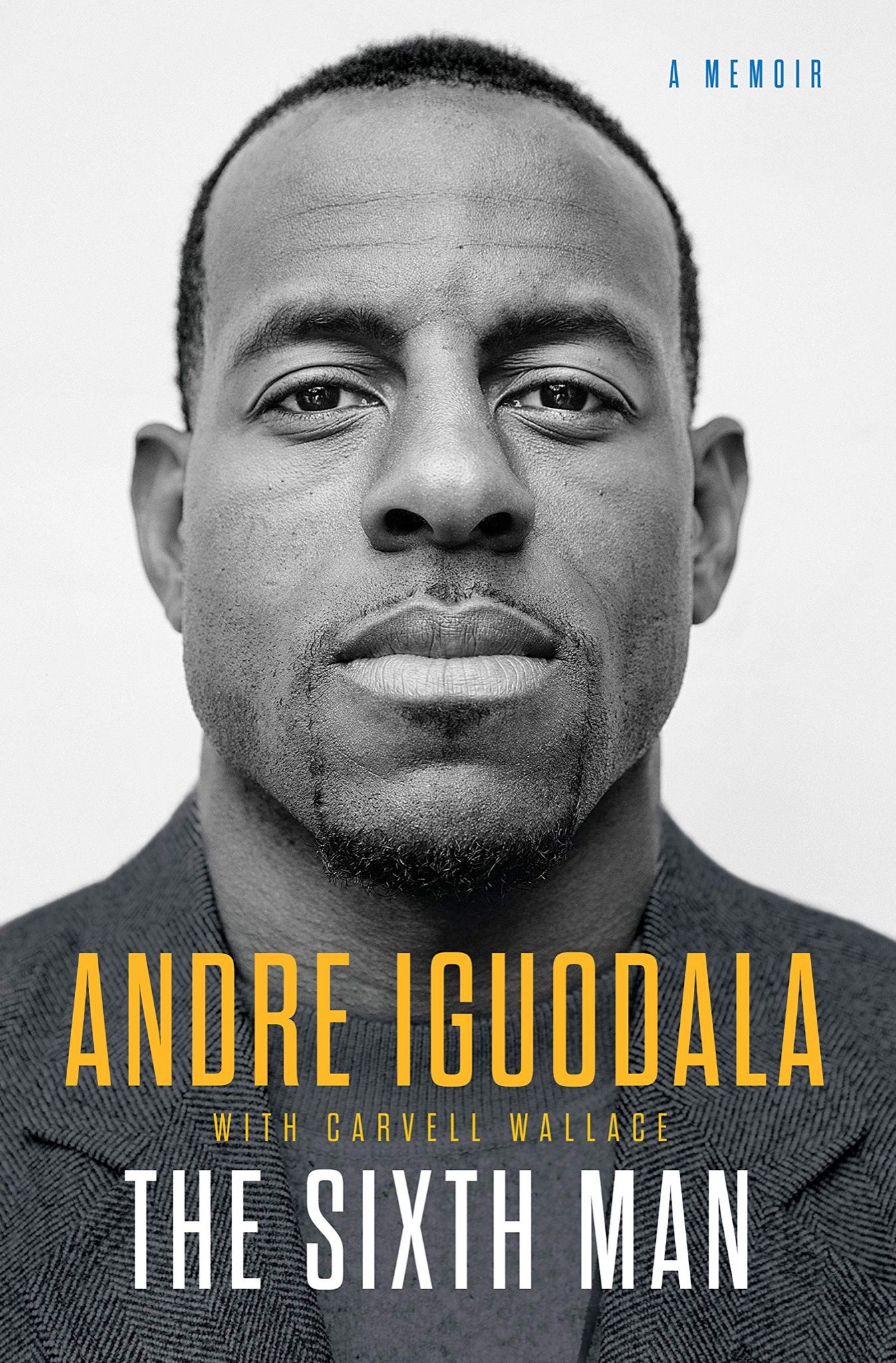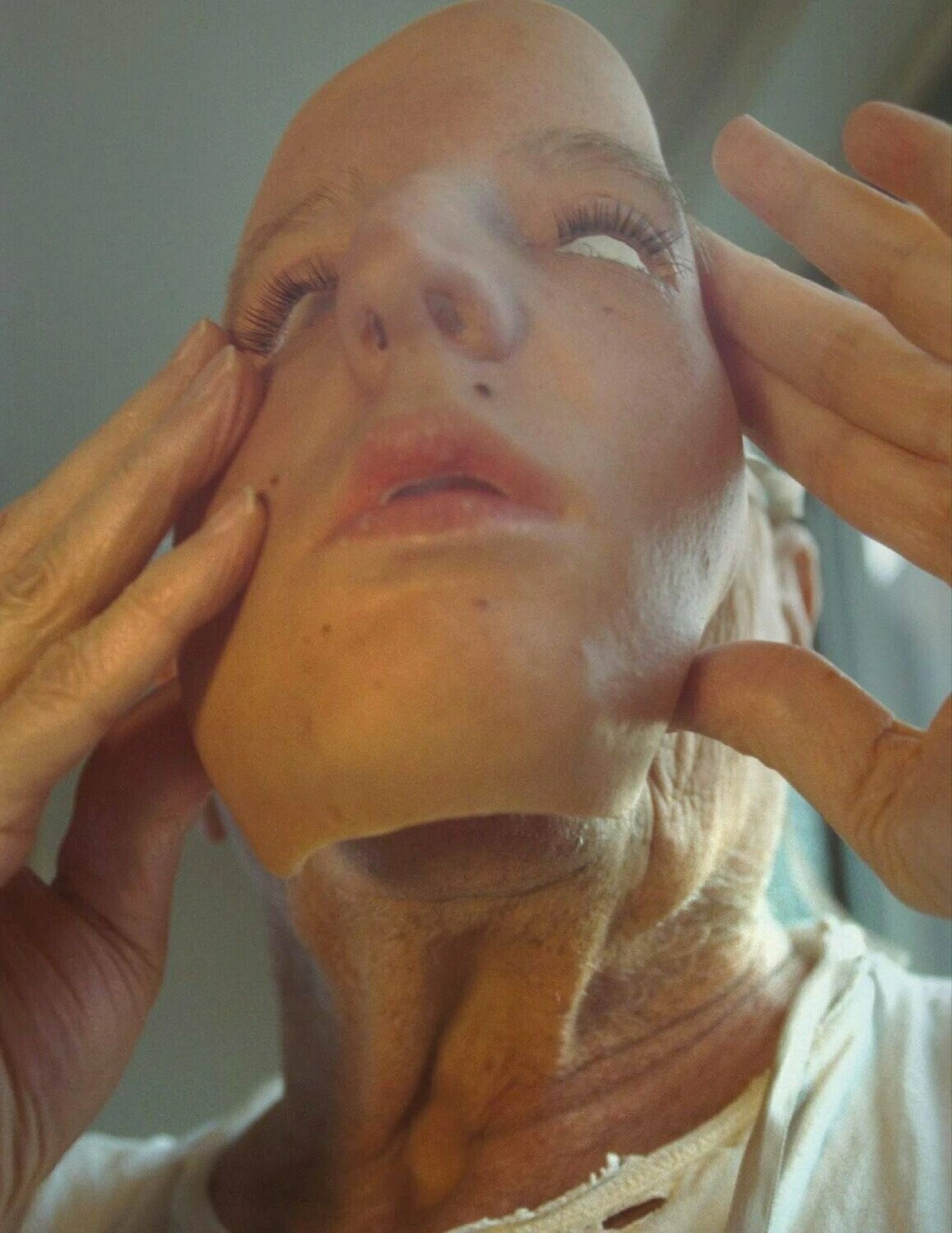TOBIAS ZIELONY: Photographing the Great Nowitzki
|SHANE ANDERSON

Tobias Zielony is a German artist best known for his gritty photographs of activists, prostitutes, meth-heads, and teenagers – often taken at night, when subcultures and underground communities overtake public spaces. Given his usual protagonists, it might come as a surprise that Zielony’s latest series documents the life of the basketball superstar Dirk Nowitzki, portraying the athlete for Thomas Pletzinger’s Der SPIEGEL bestselling biography The Great Nowitzki (KiWi Verlag, 2019). On the surface, the life of an NBA Champion couldn’t be further from Zielony’s other subjects, the setting worlds apart, yet Zielony has translated his signature moody aesthetic for the brightly lit basketball court. Particularly compelling, however, are the everyday objects Zielony captures in the shadows, just outside the spotlight: the coffee cups, skylines, busses, ticket stubs that make up life off-court, and off-screen.


Shane Anderson: There’s a scene in The Great Nowitzki where Thomas Pletzinger is showing your work to Dirk Nowitzki. Pletzinger draws the reader’s attention to the chasm between Dirk’s life and the lives of the protagonists in your photographs. Did working on The Great Nowitzki require a different approach than when you work with others?
Tobias Zielony: It was a different approach because it was a different assignment. My pictures can be quite gloomy and I had to force myself here to photograph more during the day. [Laughter] But in terms of people, I don’t make differences. I think I’m like Dirk in that regard. He really respects everyone and the work they do, even photographers. That doesn’t mean he loves to have his picture taken, however.
You can sense that in the photo on the cover. Nowitzki feels very vulnerable there. It is intimate – as are many other photos in the book. This is remarkable for a sports biography, which normally presents us with ‘trophy cases’ – glossy photos of an athlete’s achievements over the decades.
Thomas Pletzinger told me from the beginning that he didn’t want historical images or pictures everyone could google at home. This allowed me to have my own experiences while at the games.
Nevertheless, the lighting there wasn’t inspiring, and all sports pictures look very similar. They’re created by the setup. The further away I moved from the court, the more I could break with that. It was important to still keep Dirk present for the book, but the book also includes photos that are more from the fan perspective.
And although I had a different approach from the other sports photographers – and they were actually very interested in what I was doing because I was using wide lenses and doing other things that were foreign to them – I became one of them during the final games before his retirement, running after Dirk with two cameras. It was something I’ve never done before, but I felt like if I didn’t get the photographs, these moments would be lost forever. There’s a melancholy to the pictures of the last few days.


There’s a playfulness to many of the pictures in the book. I’m thinking in particular of the Nowitzki cutouts folded in half.
Dirk has a great sense of humor and he always tries to think outside the box. As such, I felt like I didn’t have to create hero pictures. I really appreciate Dirk’s humility. I hope the pictures and the book as an object mirror that. For example the photos are printed on the same matte paper as the text.
What’s your favorite photo from the book?
Probably the one with Yao Ming. There was one other photographer there and he was using his flash and I wasn’t and I stole his flash by accident. We took a picture at the same time. His flash overexposed the one I took. But you don’t need to see their faces. You know who they are.
This photo also describes my work in a way. As a photographer, you try to keep a certain level of control – especially over technical aspects. But I also like to leave a margin of error. To leave space for chance and intuition.


Credits
- Text: SHANE ANDERSON
- Photography: TOBIAS ZIELONY


